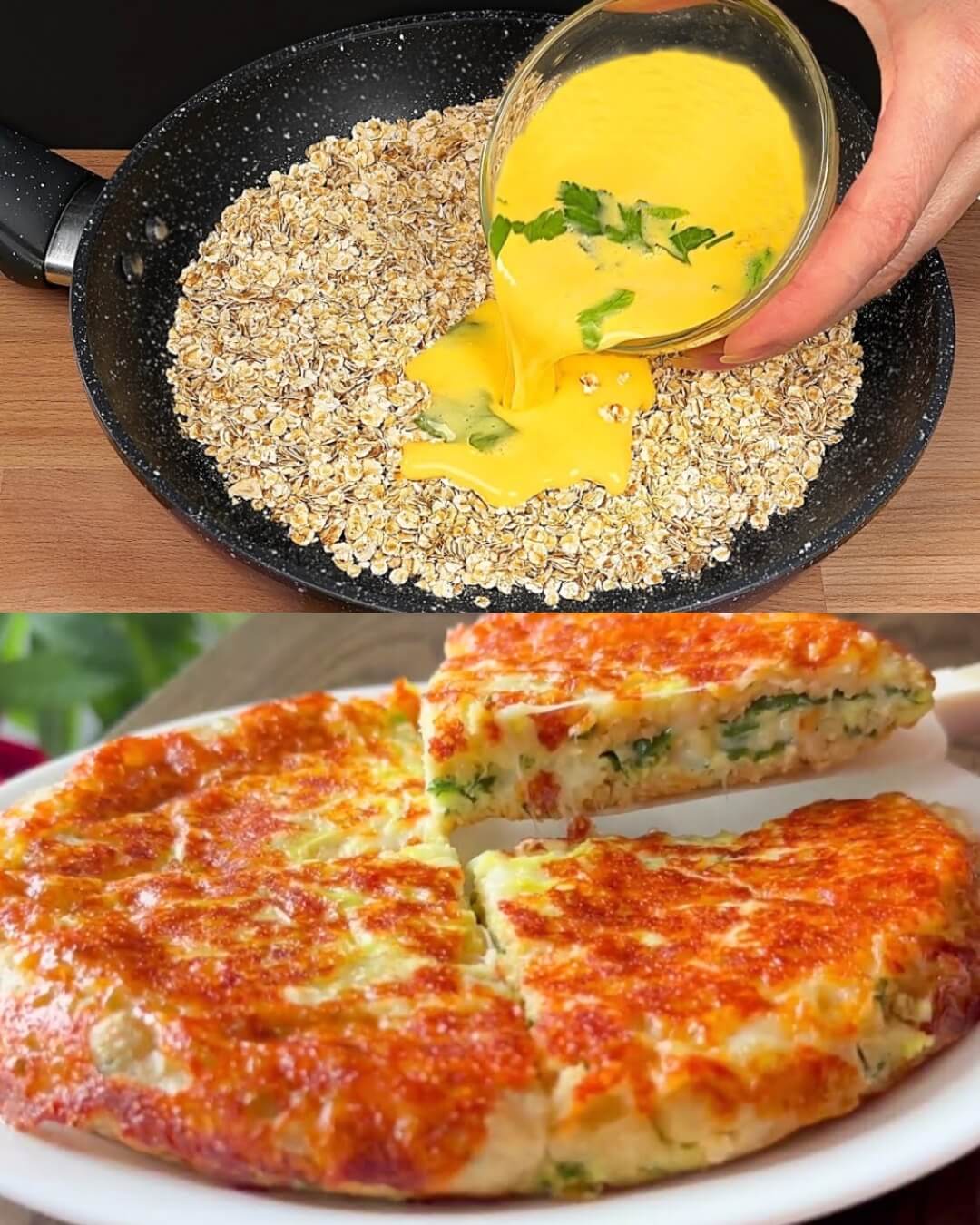A Culinary Journey Through Family Tradition
Goulash is more than just a meal—it’s a heartwarming story passed down through generations, embodying the rich culinary heritage of Central Europe. This recipe, lovingly preserved by Oma Magda, represents the quintessential Hungarian comfort food that has warmed families for decades.
Ingredients
Main Ingredients
- 1 kg beef shoulder or veal, cut into 2-3 cm cubes
- 3-4 tablespoons vegetable oil or lard
- 2 large onions, finely chopped
- 2-3 garlic cloves, minced
- 2 bell peppers (1 red and 1 green), diced
- 2-3 tablespoons sweet paprika powder
- 1 teaspoon caraway seeds (optional)
- 2-3 diced tomatoes (fresh or canned)
- 1-2 bay leaves
- 500 ml beef broth
- Salt and pepper to taste
- 2-3 potatoes, cubed (optional)
- Fresh parsley for garnishing
Nutritional Information
Per Serving:
- Calories: 450
- Protein: 35g
- Carbohydrates: 15g
- Fat: 28g
- Fiber: 3g
Preparation and Cooking Details
- Prep Time: 30 minutes
- Cooking Time: 2.5 hours
- Total Time: 3 hours
- Servings: 4-6
- Difficulty: Medium
Step-by-Step Cooking Instructions
Preparation Stage
- Meat Preparation Pat the beef cubes dry with paper towels to ensure proper browning. This crucial step helps develop a deep, rich flavor and creates a beautiful golden crust.
- Seasoning Generously season the meat with salt and pepper. Use high-quality sea salt and freshly ground black pepper for the best flavor profile.
Cooking Process
- Browning the Meat Heat oil or lard in a large, heavy-bottomed pot over medium-high heat. Brown meat in batches, ensuring each piece develops a deep golden crust. This technique, known as the Maillard reaction, is key to developing complex flavors.
- Onion Base In the same pot, sauté onions until translucent and golden (about 5-7 minutes). The caramelization of onions adds a sweet, deep flavor to the goulash.
- Aromatic Layer Add minced garlic, cook for an additional 30 seconds. Sprinkle paprika powder, stirring quickly to prevent burning. This step is critical – paprika burns easily and can become bitter.
- Combining Ingredients Return meat to the pot, add diced peppers, tomatoes, caraway seeds, and bay leaves. Pour beef broth, ensuring meat is mostly covered.
- Slow Cooking Reduce heat, cover, and simmer for 2-2.5 hours until meat is tender. The long, slow cooking process breaks down tough meat fibers, creating melt-in-your-mouth texture.
- Final Touch Optional: Add potato cubes in the last 30 minutes of cooking. Adjust seasoning to taste.
Expert Cooking Tips and Tricks
- Use high-quality, fresh paprika powder for authentic flavor
- Choose a well-marbled cut of beef for maximum tenderness
- Allow the goulash to rest for 15-20 minutes before serving
- Use a cast-iron pot for even heat distribution
- Don’t rush the browning process – it develops crucial flavors
Variations and Substitutions
- Vegetarian Version: Replace beef with mushrooms or plant-based meat alternatives
- Spicy Twist: Add hot paprika or a few dried chili flakes
- Dietary Modifications: Use gluten-free broth for gluten-sensitive diners
- Meat Alternatives: Try with lamb or pork for a different flavor profile
- Herb Variations: Experiment with thyme or rosemary instead of traditional herbs
Frequently Asked Questions
Q1: Can I make this in a slow cooker? Yes! Follow the browning steps, then transfer to a slow cooker and cook on low for 6-8 hours.
Q2: How long can I store goulash? Refrigerate for up to 4 days or freeze for up to 3 months.
Q3: What’s the best way to serve goulash? Traditionally served with crusty bread, egg noodles, or spätzle.
Q4: Can I make this recipe ahead of time? Absolutely! Goulash often tastes better the next day as flavors develop.
Q5: Is goulash gluten-free? The basic recipe is gluten-free, but always check broth and seasonings.
Storage and Make-Ahead Tips
- Cool completely before storing
- Store in airtight containers
- Refrigerate for up to 4 days
- Freeze for up to 3 months
- Reheat gently, adding a little broth if needed
Serving Suggestions
Garnish with fresh parsley, serve with a dollop of sour cream, and pair with crusty bread or traditional Hungarian egg noodles. A robust red wine complements the rich flavors perfectly.
Jó étvágyat! (Bon appétit in Hungarian)
